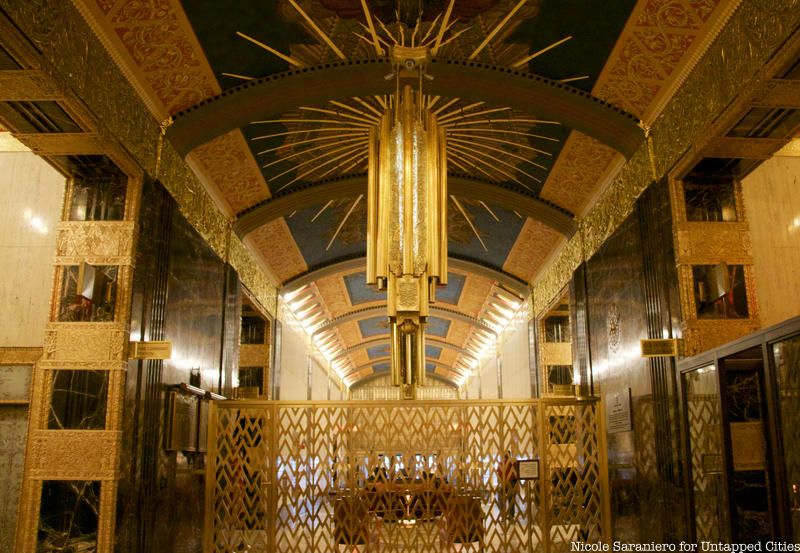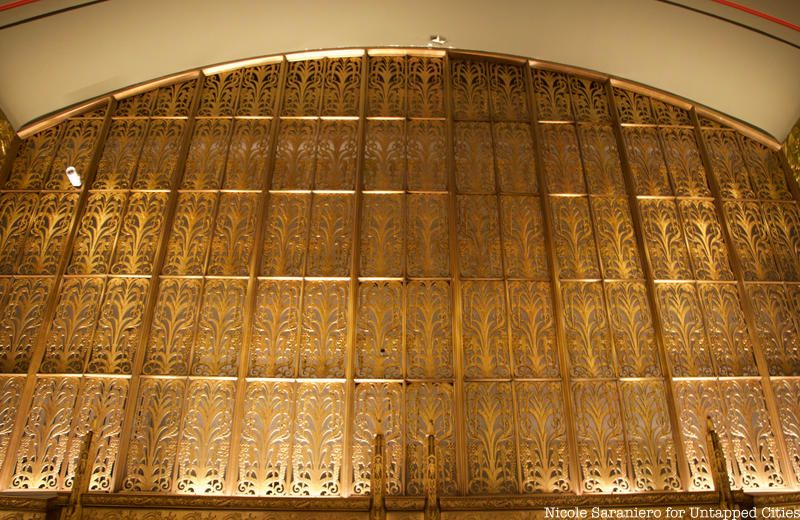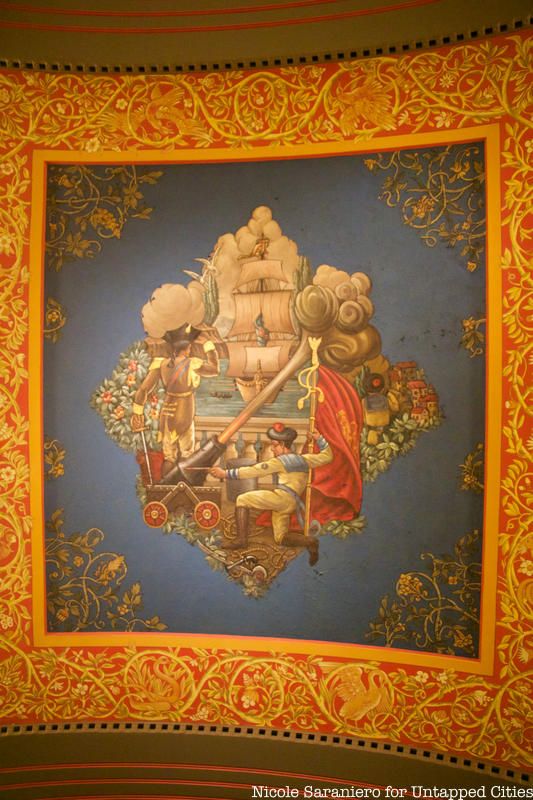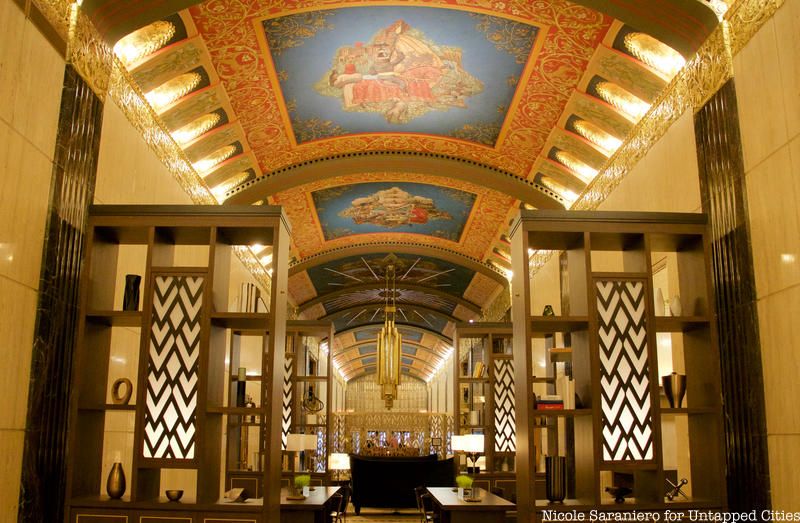Last-Minute NYC Holiday Gift Guide 🎁
We’ve created a holiday gift guide with presents for the intrepid New Yorker that should arrive just in time—


Lower Manhattan is a treasure trove of New York City architectural history, containing many of Manhattan’s first skyscrapers and examples of different architectural styles. Chief among the district’s most important structures is the New York Telephone Building. Built in 1927 and designed by architect Ralph Walker, it is considered the first Art Deco skyscraper in New York City. This groundbreaking building would be followed by other iconic Art Deco projects like the Chrysler Building and the Empire State Building. Inside One Hundred Barclay, as it is known today, you will find a signature feature of many of Walker’s projects, a stunning lobby that stretches the entire length of the building from Washington to West Street. If you are an Untapped Cities Insider, you can join us on a tour of the building where you will get to explore the decadent lobby as well as the luxurious condominium units that fill the building’s upper floors.
The New York Telephone Building was constructed to centralized the company’s business which, until then, had been scattered around New York City. According to the Landmarks Preservation Commission report on the building, it was built to contain an equipment and administrative center with space for specialized mechanical features and a work force of 6,000 employees. The lobby of One Hundred Barclay was a gem that few people beyond employees were able to see. Now, since the top twenty-two floors of the building have been converted into condominiums by Magnum Real Estate Group and CIM Group, the restored lobby is the first thing residents and guests will see as they enter or leave their homes. It is split between the residence and the building’s other tenant, Verizon.

The lobby was designed by Walker using the same principals he applied to the exterior of the building, giving the entire structure a cohesive look. For example, there is a consistent emphasis on verticality. The chandeliers are miniature versions of setback skyscrapers. He also looked towards modern technologies and design theories to make his vision come together, using machine technology over hand work whenever possible. The stone veneer on the walls and the fluted marble pilasters were cut by machines and it is likely that much of the repetitive bronze ornamentation was cut by machine as well.

What is most unique about the lobby of One Hundred Barclay is the vaulted ceiling. The ceiling is covered by a series of twelve hand-painted murals with gold leaf accents. When viewed in sequence, the murals tell the story of the evolution of communication and the triumph of modern industry. Some of the scenes include: carrier pigeons sent by Chinese merchants, ancient Greeks sending messages by reflecting sunlight off their shields, ancient Romans communicating by fire, and signalling by gunfire.

Each panel is surrounded by a frame of grapevines, also found throughout the lobby, which are a representation of communication. The central panels symbolizes the success of modern communication with the image of a telephone backed by a gleaming sun. The telephone’s wires radiate out, illustrating how the technology allows communication between all places and people. One of the panels is signed by the painter Hugo R.B. Newman.

The condo portion of the lobby, the east side, was designed by Jeffrey Beers International and is used as an event space for the condo residents. On the upper floors there are 158 residences views of the Hudson River and lower Manhattan and amenities such as outdoor terraces, a wine tasting room, a children’s playroom designed with Playgarden, fitness center, spa, and music practice rooms.
You can join Untapped Cities on a special tour of One Hundred Barclay’s lobby and residences on September 10th, for free, if you are an Untapped Cities Insider. Not an Insider yet? Become a member today to gain access to free behind-the-scenes tours and special events all year long!
REGISTRATION: Booked out! Please sign up for the waitlist by filling out the form below.
( function () { const contact_forms = document.getElementsByClassName('contact-form'); for ( const form of contact_forms ) { form.onsubmit = function() { const buttons = form.getElementsByTagName('button'); for( const button of buttons ) { button.setAttribute('disabled', true); } } } } )();
Submit
Next, check out Construction Photos Inside the Stunning 3-Story Penthouse of One Wall Street
Subscribe to our newsletter